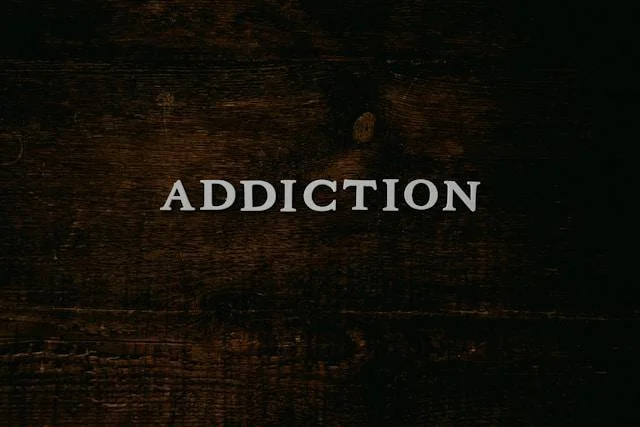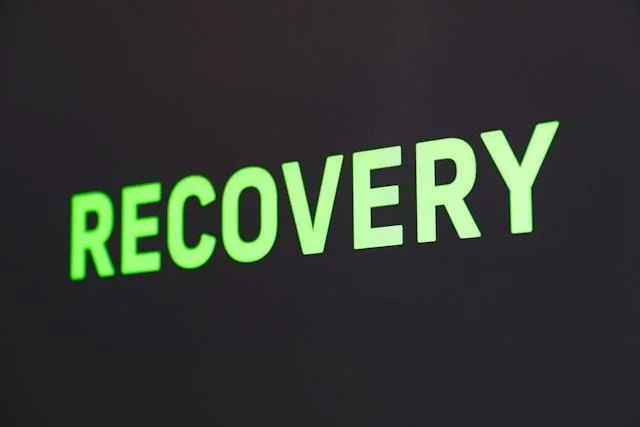Addiction is a significant issue in modern society, affecting various demographics, but understanding how it impacts Gen Z is particularly crucial due to their unique characteristics and experiences. This generation, born roughly between 1997 and 2012, faces distinct challenges compared to previous generations. As they navigate adolescence and early adulthood, they encounter numerous factors that contribute to their susceptibility to addiction. These include the pervasive influence of social media, heightened academic pressures, and evolving societal norms. Recognizing the specific vulnerabilities of Gen Z is essential for developing targeted prevention and intervention strategies. This blog post delves into the factors influencing addiction vulnerability in Gen Z, aiming to shed light on what makes this generation particularly susceptible and what can be done to support them.
Defining Addiction Vulnerability in Gen Z
Addiction vulnerability refers to the likelihood of developing an addiction due to various influences, which can be psychological, environmental, biological, or social. For Gen Z, these influences include a complex interplay of modern life stressors and developmental factors. Common substances and behaviors leading to addiction among Gen Z include alcohol, drugs, particularly prescription medications, and illicit drugs like marijuana and hallucinogens. This underscores the urgent need for targeted prevention and intervention efforts. Understanding the specific factors contributing to addiction vulnerability in Gen Z is essential for developing effective strategies to mitigate these risks and support this generation in making healthier choices.

Alt-tag: Word Addiction written on a dark wooden surface.
Psychological Factors
Mental health issues such as anxiety, depression, and stress play a significant role in addiction vulnerability among Gen Z. This generation is often referred to as the most anxious generation, with high levels of reported stress linked to academic pressures, future uncertainties, and societal expectations. Interestingly, according to the American Psychological Association, 91% of Gen Z report experiencing at least one physical or emotional symptom due to stress in the previous month. Social media and digital connectivity contribute significantly to these stress levels, often exacerbating feelings of inadequacy, loneliness, and FOMO (fear of missing out). These platforms can create unrealistic standards and comparisons, impacting mental well-being. Peer pressure further compounds these issues, as young individuals may turn to drugs or alcohol to fit in.
Environmental Influences
Family dynamics and upbringing are critical environmental factors influencing addiction vulnerability. A supportive and nurturing family environment can act as a protective factor, fostering resilience and healthy coping mechanisms. Conversely, dysfunctional family situations, such as those involving substance abuse, neglect, or high conflict, can increase the risk of addiction. Socioeconomic status also plays a significant role; those from lower-income backgrounds might face higher levels of stress, exposure to substance use, and limited access to mental health resources and recreational activities. Additionally, academic pressure within educational environments can contribute to substance use as a coping mechanism. The intense competition, fear of failure, and the burden of high expectations can drive students towards alcohol, drugs, or other addictive behaviors to manage their stress and anxiety. Understanding these environmental influences is crucial for developing comprehensive support systems.
Biological and Genetic Factors
Genetic predispositions to addiction are significant. Studies have shown that genetics can account for up to 50% of an individual’s risk for addiction. During adolescence, the brain undergoes critical development, particularly in areas responsible for impulse control, decision-making, and emotional regulation. This developmental stage makes young people more susceptible to risky activities, including substance use. Hormonal changes during this period also impact behavior, contributing to mood swings, increased sensitivity to stress, and heightened risk-taking behaviors. These biological factors, combined with psychological influences, create a complex web of risk factors for addiction in Gen Z. Understanding these biological underpinnings can help in developing targeted prevention and intervention strategies that address the needs of this demographic.
Cultural and Social Influences
Popular culture and media play a significant role in shaping attitudes toward substance use, often glamorizing risky behaviors. Movies, music, and television shows can create and perpetuate myths about the social acceptance and desirability of drug and alcohol use. Social norms within peer groups can either discourage or encourage substance use. For instance, the normalization of drinking at parties or using drugs recreationally can significantly influence Gen Z’s behavior. The pervasive influence of celebrities and social media influencers, who are highly visible, can also impact their attitudes and actions. These figures often set trends and norms that young people aspire to follow, sometimes promoting unhealthy habits. It is crucial to understand and address these cultural and social influences to effectively reduce addiction vulnerability in Gen Z and encourage healthier, more positive role models and behaviors.

Alt-tag: Black smartphone and social media apps on the screen.
The Role of Technology
Technology addiction and substance abuse often intersect. The constant connectivity provided by smartphones, social media, and online gaming creates an environment where addictive behaviors can thrive. Online communities sometimes normalize these behaviors, creating a space where substance use is accepted or even encouraged. For example, forums and social media groups can offer information on obtaining and using drugs, inadvertently promoting addiction. Managing technology use is crucial to prevent it from becoming a gateway to other dangerous issues. Setting boundaries, encouraging offline activities, and promoting digital well-being are essential strategies.
Approaches to Prevention and Intervention
Educational programs are essential in addressing this issue among Gen Z. Schools and community organizations play a crucial role in providing accurate information about the risks of substance use. These programs should be engaging and relevant, addressing the specific concerns and interests of Gen Z. Community initiatives and support systems can offer safe spaces for young people to discuss their struggles and seek help. Healthcare providers should be trained to identify early signs of addiction. They need to intervene promptly, tailoring their approach to the unique needs of Gen Z. This includes understanding the cultural, social, and technological influences that impact this generation.
The Path to Recovery
Various treatment options are available for those struggling with addiction, including therapy, support groups, and rehabilitation programs. Effective recovery programs must be tailored to address the specific challenges Gen Z faces, considering their unique stressors, cultural influences, and developmental stages. For instance, a comprehensive treatment plan might include cognitive-behavioral therapy (CBT) to help modify harmful behaviors, along with group therapy to provide peer support.
Tailored treatment programs can vary depending on the specific addiction, whether it’s alcohol, opioids, or stimulants. For example, ketamine addiction has unique effects and withdrawal symptoms. That’s why having medical supervision and personalized care plans is essential during recovery from ketamine abuse to ensure a safe and effective recovery. Similarly, for those recovering from opioid addiction, a tailored approach might involve medication-assisted treatment (MAT) combined with counseling to address both the physical and psychological aspects of dependence.

Alt-tag: Word Recovery is written in green letters with a dark background.
Conclusion
In conclusion, addressing addiction vulnerability in Gen Z requires a multifaceted approach that considers psychological, environmental, biological, and social factors. By understanding these influences, we can develop effective prevention and intervention strategies tailored to the needs of this generation. Together, we can help reduce addiction rates and promote healthier, more fulfilling lives for the next generation. Investing in comprehensive strategies and support systems will hugely benefit Gen Z. It will also contribute to a healthier society overall as we empower young people to make positive choices.









